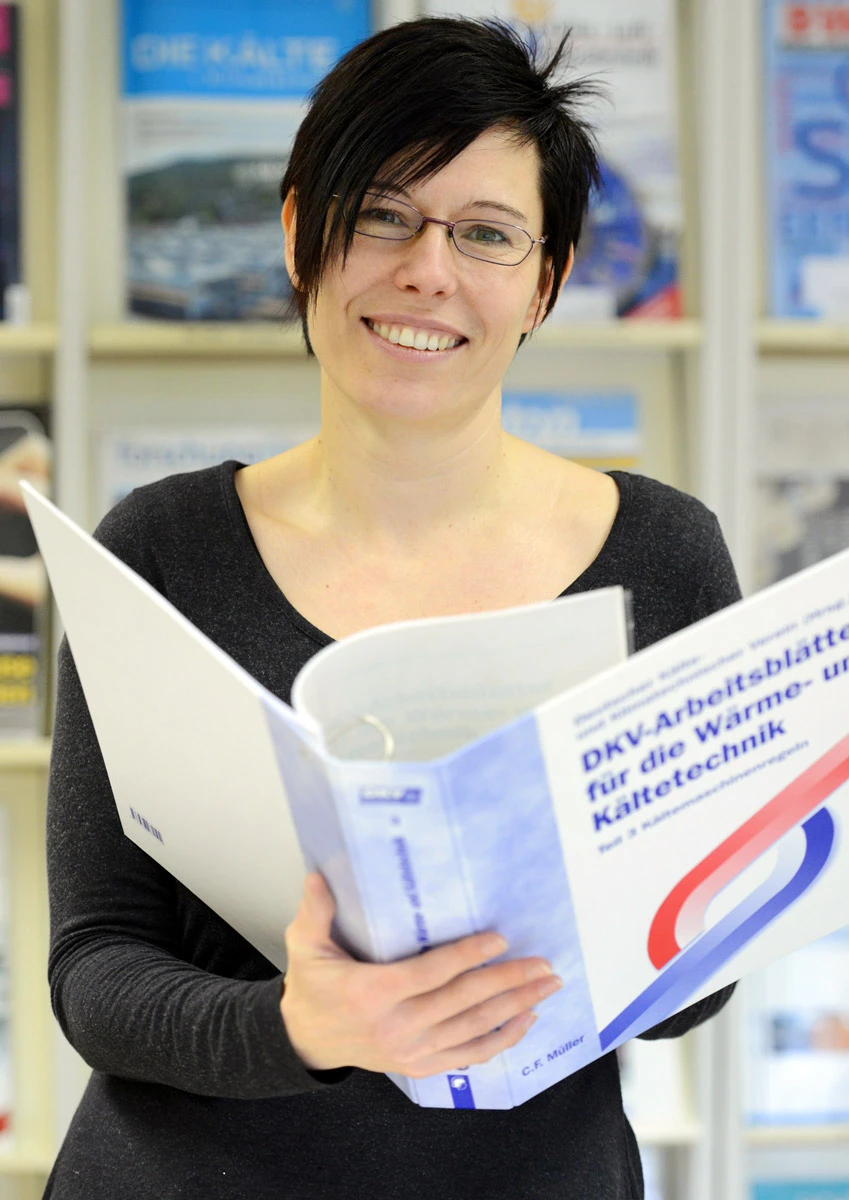Adlershof to network cold, heat, and regenerative electricity
Primary energy needs shall achieve a 30 percent cut by 2020 in spite of the growth
About a thousand companies, sixteen research institutes, and nearly 22,000 people are working in Adlershof. The Technology and Science Park is growing – and with it the hunger for energy. Yet all this is to change through networked energy flows, the utilisation of waste heat, and cool groundwater. Researchers at TU Berlin intend to implement these measures and so afford their contribution towards achieving a 30 percent cut in primary energy needs by 2020 – in spite of the growth.
In a joint project funded by the Federal Ministry for Economic Affairs and Energy, which last year entered its second phase scheduled to run until 2017, the partners TU and HTW Berlin, Siemens AG, and others are working on solutions to network the energy flows in Adlershof. The goal is to link the utilisation of regenerative electricity with the generation and storage of heat and cold. In addition, the partners intend to exploit the hitherto neglected potential of waste heat. This potential is huge. Alone in 2010, the electricity consumed in Adlershof amounted to 132 GWh, of which a tenth went into the generation of cold. At the same time, there are untold quantities of untapped waste heat, and the region’s solar and wind power generators are seeking storage solutions.
The first node for this energy network is to be provided by the Photonics and Optics Centre ZPO. “This already has an installed cooling network and cold storage system,” explained Project Manager Anja Hanßke from the TU Faculty of Mechanical and Power Engineering.
First, the currently decommissioned cold storage system is to be reactivated at the ZPO. Further plans involve networking the ZPO with a neighbouring industrial laundry and drilling two groundwater wells. All three measures intermesh. According to Hanßke, the groundwater is to reduce the cooling capacity needed by machinery especially in the summer. The cold storage system is important as a buffer for wind and solar power at the time it is generated to excess. Yet refrigerating systems not only consume electricity, they also produce waste heat, and this is to be exploited as well. However, it is not hot enough for feeding into the district heating grid, so another option must be found for its utilisation.
And here is where the laundry comes in. This is to be linked to ZPO via a so called saline solution grid. Hygroscopic saline solution absorbs moisture and can store heat virtually free of loss. Highly concentrated, it extracts water from the air, releasing heat in the process.
This effect is to be used for the laundry’s drying process. Water vapour is absorbed, at the same time less fresh air must be supplied and heated, and the energy needs drop by a quarter. Once the saline solution, likewise heated, is saturated with water, it is routed through a heat exchanger to the ZPO, and there regenerated with waste heat from the refrigerating systems. This heat extracts the water from the saline solution, which then stores the heat supplied to it – up to 680 kWh per cubic metre of extracted water. The saline solution carries this energy with three times the density of remote heating grids.
This transport also works over long distances, and the saline solution can be regenerated whenever and wherever waste heat is available. The saline solution network therefore appears to be ideal for Adlershof. Here, refrigerating systems, industrial equipment, and production processes are everywhere generating waste heat that can be exploited. One conceivable step in the future is a combination with greenhouse facades. There, the saline solution could extract the water from the air, releasing heat in the process, and then be regenerated with local waste heat.
“We’re still in the planning process, but we’ll soon now be tackling the first structural measures,” explained the Project Managers Professor Felix Ziegler and Anja Hanßke. Also Professor Kai Strunz and his team are working under full steam on this project backed by a total budget of €3.6m. “By 2017, we’ll have first planned, modelled, and tested the smart grid in our laboratory,” said Strunz. The plans for the following project phase are to realise the energy management systems they have developed. “An information room will be set up in Adlershof that will demonstrate the operations of the smart grid,” he explained.
By Peter Trechow for Adlershof Special
